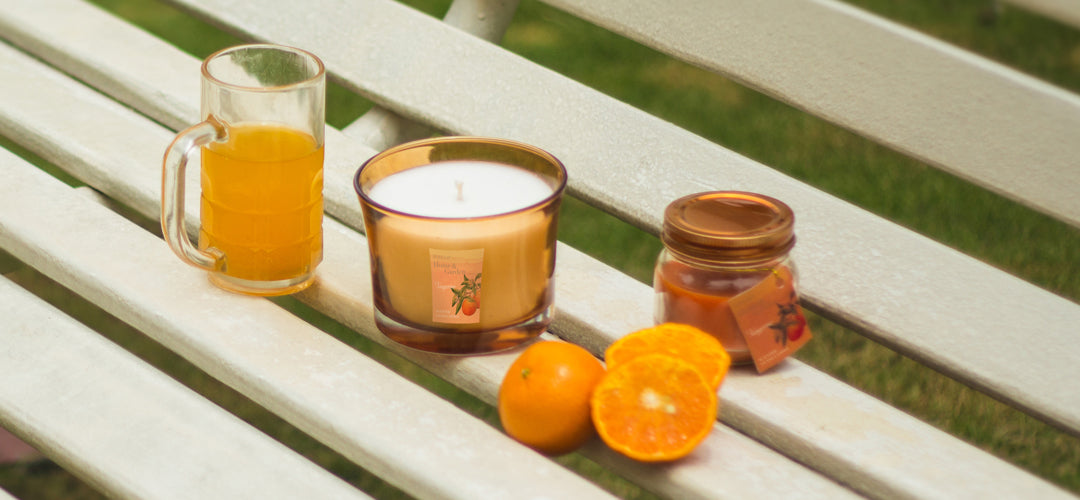There’s a lot of science behind the illumination and fragrance of a lighted candle. A perfect candle is the result of the right combination of candle wax, burn, wicks, dyes and fragrance.
Here are some terms related to the making of candles that will turn you from a candle newbie to a candle connoisseur.
Burn Rate:
A candle's burn rate is the amount of wax consumed per hour in grams. This primarily depends on the quality of the wax and wick used. A candle's burn rate is affected by factors such as exposure to draft and heat, neglect in trimming the wick, leaving the candle burning longer than necessary and some environmental factors.
Burn Time:
The total amount of time it takes for a candle to burn to completion is the burn time.
Cold Throw:

A term used to describe the strength of the scent before the candle is lit for the first time. This is important as as the cold throw is the first impression of the candle, you're likely to buy it only if the first scent catches your attention. As anyone passing by our offices can vouch for!
Flash Point:
This is the lowest temperature at which wax or fragrance oil of a candle can ignite. For wax it is the temperature at which it combusts and catches fire. For fragrance is the temperature it must reach in order to catch fire when coming in to contact with a spark or an open flame.
Fragrance Load
The amount of fragrance used per the amount of wax. A fragrance load of the range 6-10% is most common. If a candle adds more than the recommended amount, the fragrance oil can separate itself from the wax and seep, creating oily spots.
Gutter

This refers to the wax that has melted and run down the outside of the candle. This can happen when the wax being consumed by the flame is more than the wick can effectively absorb.
Hot Throw (also known as Warm Throw and Scent Throw):
A term used to describe the strength of a fragrance while the candle is burning. To evaluate the hot throw of a candle, it needs to be burnt for at least 2 hours but not more than 4 hours. The star of Maeva candles, a long-lasting and desirable strength is what keeps customers coming back for more!
Melt Pool

The liquid layer of wax that forms on the surface of the candle around the wick as the candle burns. A full melt pool should be 1/8 to 1/4 inches deep which will allow the fragrance to disperse more thoroughly into the room.
Power Burn
A power burn happens when you burn a candle for more than 8 hours. Such a long period of burn is has a lot of associated risks and is generally not recommended.
Wet Spots:
This is when the wax pulled away from the glass, giving an appearance of a patchy "wet" spots. These spots are caused by shrinkage and air bubbles that occur as the wax is cooling inside the container. This issue does not affect the candle's performance in any way and Maeva's talented work-force ensures that this is minimized in our candles.


1 comment
N KIRAN KUMAR
I want to candil box all sized